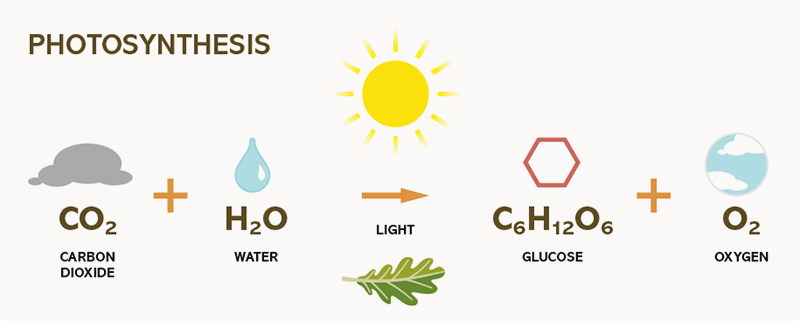
_edited_edited.jpg)
Micro Rainforest 🌲

Photos taken by Simone's group

My previous group was Catarina Silva and Sirley Ganga.
When we first started with the development of the terrarium, we needed to find a surface where we could construct our mini forest, after brainstorming we decided to use the aquarium of the school since nobody would use it this year.
Then, we proceed to find isolating materials - styrofoam and cork to isolate the aquarium and create an isolated environment.
The first step was finding the right plants we had to search and find plants who could adjust to the climate of the terrarium - humid, with moist but not soaked soil and an indirect and shaded type of lightning. For that, we started by putting in the terrarium succulents because we were not sure if they would adapt instantly, for our surprise, this type of plant adapted very well.
Then in the next weeks, we put the Spike Moss, the Ivy, the moss that is our main plant and, finally, the Orchids.
Then we started searching for the construction of the soil, when we found the right one with a pH variating between 5.5 - 6 (acidic), after that, we proceeded to plant the chosen plants, which was a progressive process since we didn't have all the needed plants right away. With the thermometer inside the terrarium, we also noticed that the temperature was lower than expected, so we are trying to get 24ºC marked.
Throughout the rest of the time, we just took care of the rainforest and upgraded with different but similar plants.
Photosynthesis process:
During this process, plants take from the air carbon dioxide and water from the soil. In the plant cells, the water is oxidized, meaning it loses electrons, while the carbon dioxide is reduced, meaning it gains electrons. This process transforms water into oxygen and CO2 into glucose that is the nutrients. The plant then releases the oxygen back into the air, and stores energy within the glucose molecules.
For this process to occur the plant need solar light, so it is a light-dependent reaction. The plants capture the radiation with the chlorophyll these are small membranes that are inside chloroplasts also are responsible for the green colour of the plants.
The chlorophyll absorbs energy from the light waves, which is converted into chemical energy in the form of the molecules ATP and NADPH.
The light-independent stage, also known as the Calvin Cycle, takes place in the stroma, the space between the thylakoid membranes and the chloroplast membranes, and does not require light, hence the name light-independent reaction. During this stage, energy from the ATP and NADPH molecules is used to assemble carbohydrate molecules, like glucose, from carbon dioxide.

.Author: https://oregonforests.org/node/752
The influence of humidity, pH and temperature in plants
What is humidity?
Humidity is the relative amount of water vapour in the air relative to the maximum amount of water vapour that the air can hold at a certain temperature.
How is there so much moisture in the terrarium?
Relative humidity levels affect when and how plants open the stomata on the undersides of their leaves. Plants use stomata to transpire. When the weather is warm, a plant may close its stomata to reduce water losses. The stomata also act as a cooling mechanism. When ambient conditions are too warm for a plant, it closes its stomata for too long to conserve water, after that, it has no way to move carbon dioxide and oxygen molecules. Causing the plant to suffocate on water vapour and its own transpired gases.
As plants transpire, the humidity around saturates leaves with water vapour. When relative humidity levels are too high or there is a lack of air circulation, a plant cannot make water evaporate (part of the transpiration process) or draw nutrients from the soil. When this occurs for a prolonged period, a plant eventually rots. When surrounded by warm temperatures in low relative humidity levels, transpiration rates increase, reducing the need to fertilize it.
Our terrarium must be moist because we are trying to get close to the Amazonian ecosystem.

Photo taken by Simone's group
